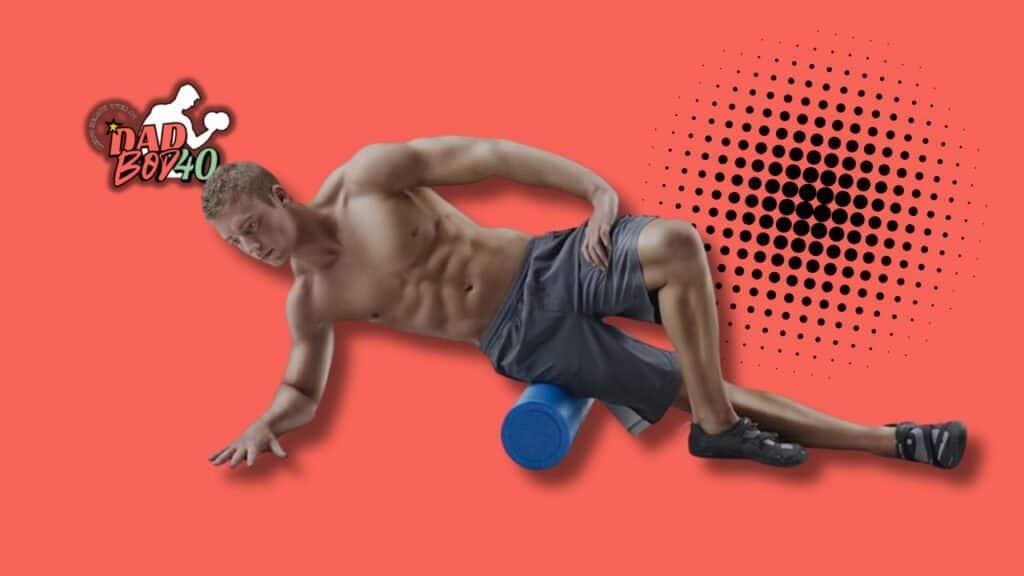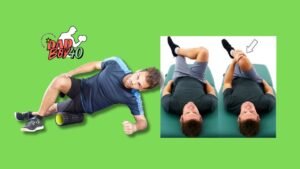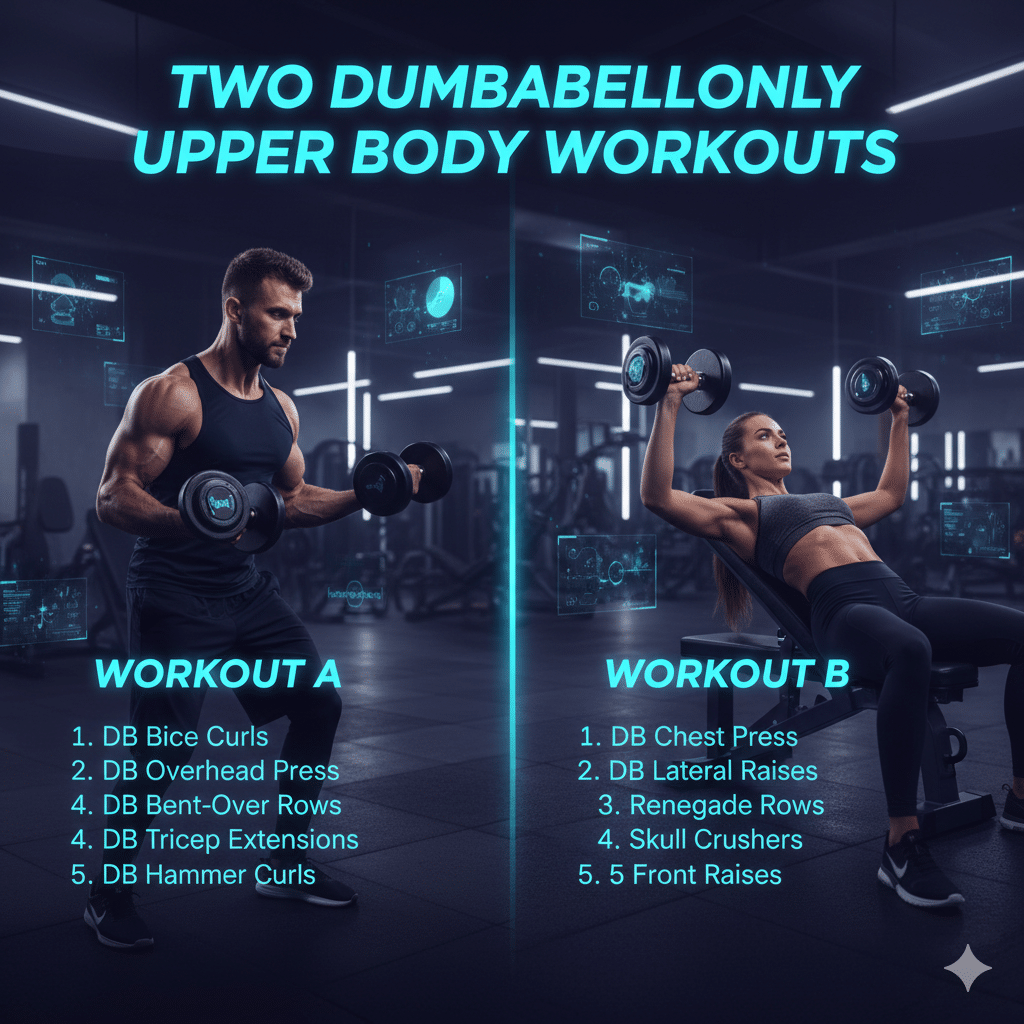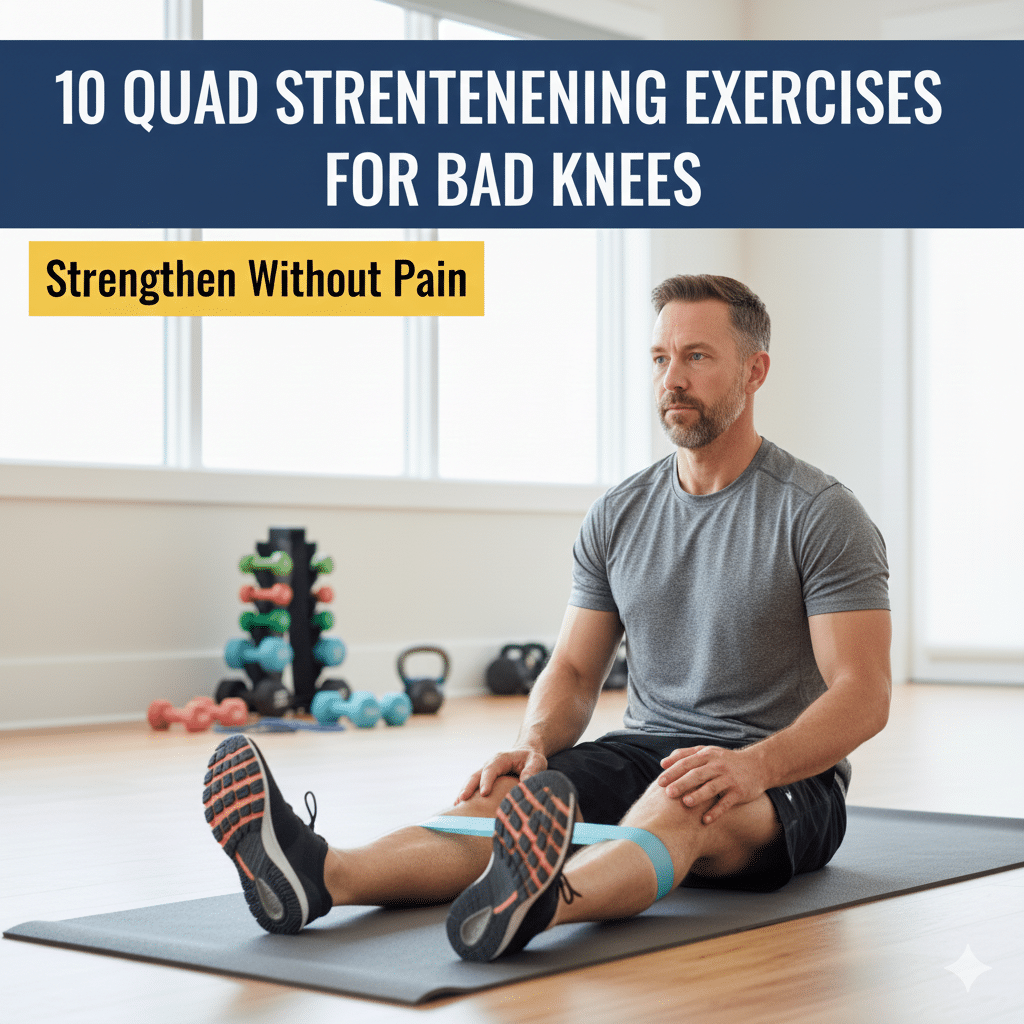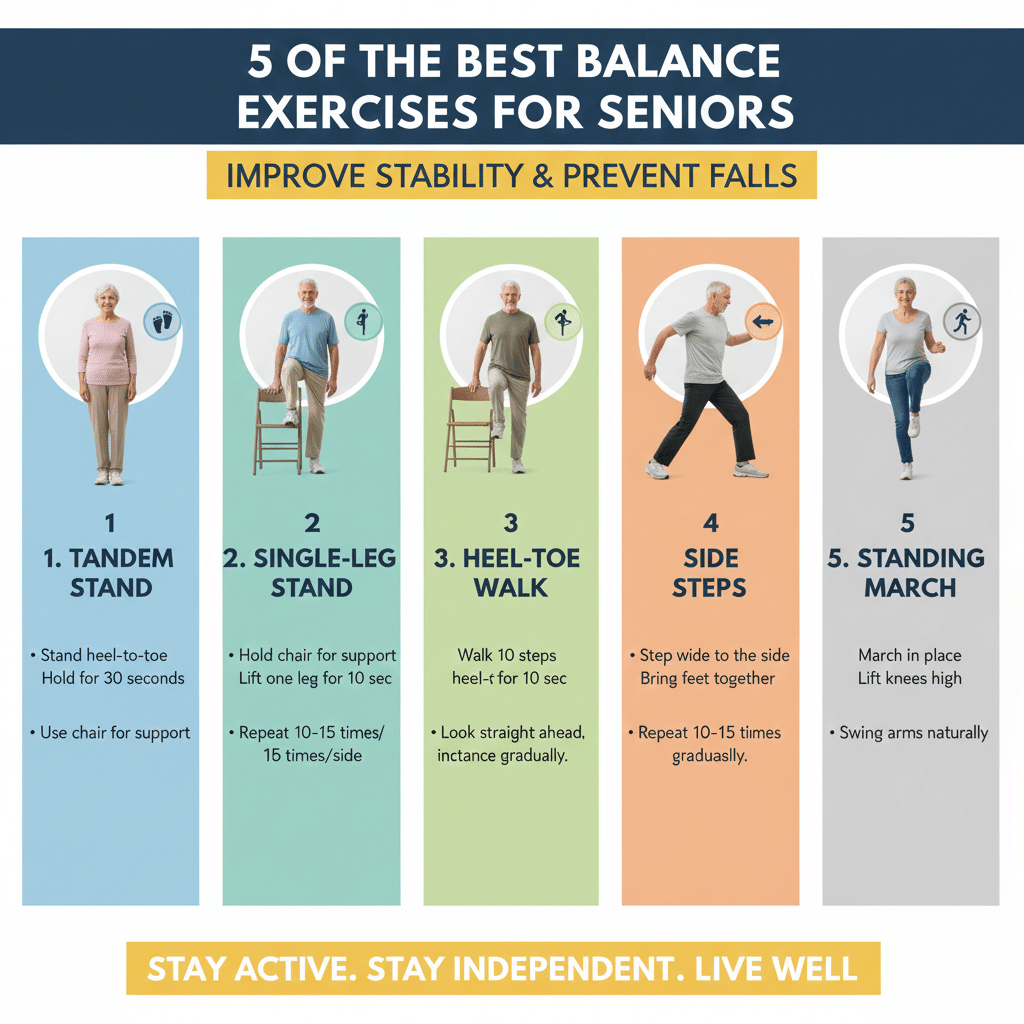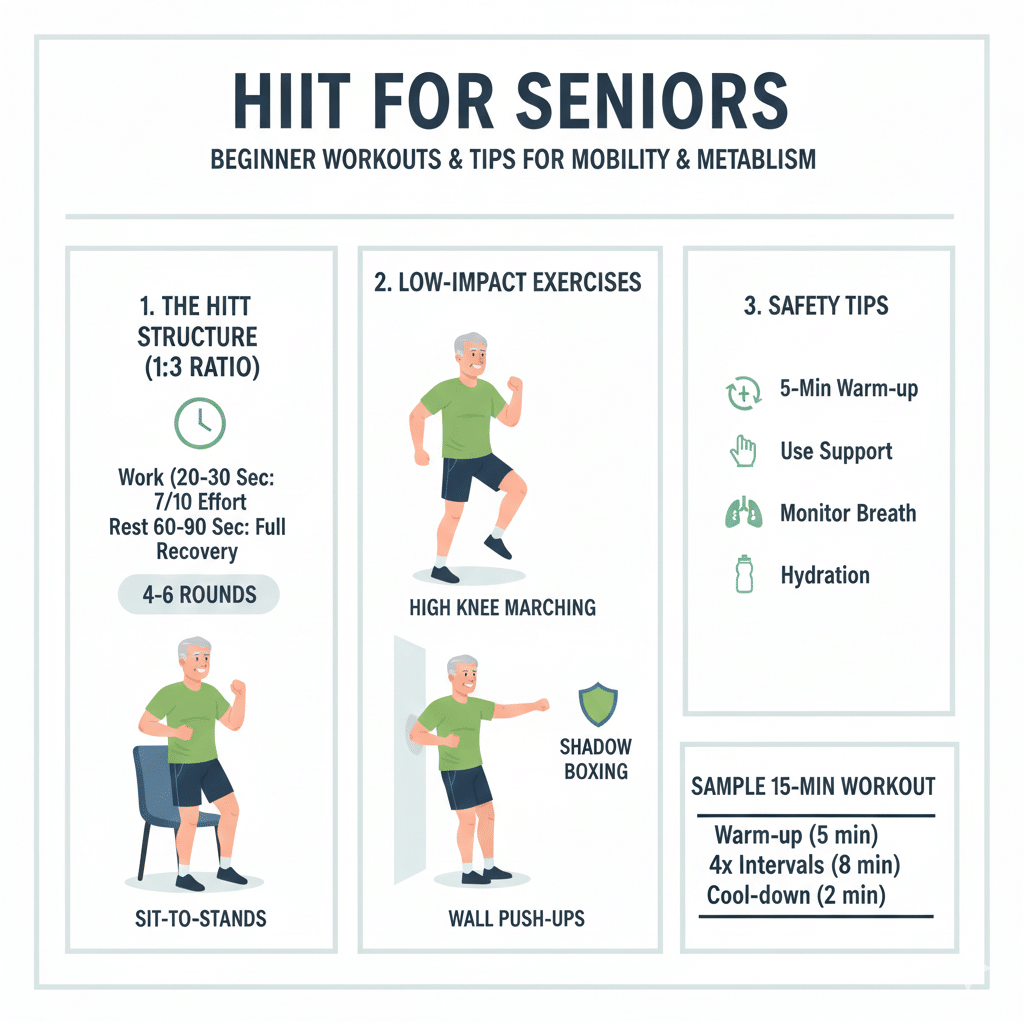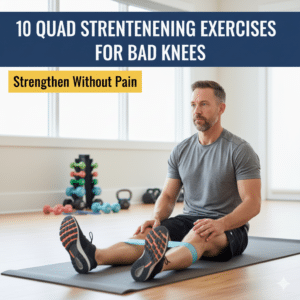Kick Iliotibial Band Pain to the Curb: Top Stretches for Dads Over 40
Hey dads! Are you over 40 and feeling the burn in your hips or knees after a jog, a pickup game of hoops, or just chasing the kids around the playground? Your iliotibial band (IT band) may be screaming for relief. I’m Joshua Van, the founder of Dad Bod 40, dedicated to helping average guys like us stay fit and feel great as we age. I know firsthand how frustrating it can be to feel that tightness and soreness in your hips or knees when you’re busy with work, taking care of the kids, and just living life. That band of tissue that runs from your hip to your shin can get angry from all the running, biking, or even sitting we do. But don’t worry, I’ve got you covered with the best iliotibial stretches to help you stay limber and strong. I’ll also share some of my favorite good hip stretches, good hamstring stretches, glute stretches, lumbar stretching exercises, and best upper back stretches to round out your routine and keep your whole body feeling good.
Think about that fantastic stretching sensation, that moment when all your tension melts away, and you feel ready to conquer the world (or at least get the kids to soccer practice). Why does stretching feel so good? Well, it’s like hitting a reset button on your muscles, giving you a refreshing boost of energy to take on fatherhood, the daily grind, or whatever life throws at you. This stretching guide is for dads like us who want to stay active, avoid nagging aches and pains, and keep that Dad Bod 40 going strong. So let’s get you those iliotibial stretches and get you moving!
Key Takeaways
- As we age, our iliotibial band can get tight, causing hip or knee pain.
- Perform iliotibial stretches daily to help keep your body loose and avoid IT band syndrome or knee pain.
- Incorporate good hip stretches, glute stretches, and upper back stretches to help you feel your best.
- Static stretches done after a workout can help you recover more quickly.
- Consistency is key, make sure to stick to your stretching routine with proper form to help keep you pain-free as you continue to enjoy life.
What’s Going On With Your Iliotibial Band?
That iliotibial band, or IT band, is a thick band of tissue that runs down the outside of your thigh from your hip all the way to your shin. It helps stabilize your knee and allow your hips to move when you’re sprinting to catch your child’s runaway soccer ball or crushing a 20-mile bike ride on the weekend. For us dads over 40, years of high-impact activities, sitting at a desk all day, or lugging around heavy groceries can take a toll and leave you with that irritated band feeling tight and painful around your knee or hip, a.k.a. IT band syndrome.
I spoke with several physical therapists, and they all tell me that this is one of the most common complaints they hear from active men in their 40s, 50s, and beyond. Aging is just a part of life, but that doesn’t mean you have to accept the pain. Iliotibial stretches are here to save the day (or at least save you from that achy knee or hip). And that awesome stretching feeling? It’s your body’s way of giving you a huge “thank you” for taking care of it.
The Benefits of Static Stretches for Dads (and the Best Stretches for Dads)
What Are Static Stretches?
Static stretches are stretches that you hold for 20–30 seconds each to help lengthen and loosen up the targeted muscle group. They are different from dynamic stretches that you might do as part of a warm-up before exercise. Static stretches are ideal for cooling down after a workout because they help your muscles relax and promote greater flexibility. As a bonus for busy dads over 40, they are also easier on your joints because you are not bouncing or pushing too hard with your movement.
Why Static Stretches Are Ideal for Dads
- Helps prevent injuries: Static stretches target and loosen up all those tight areas, including your iliotibial band, hamstrings, and glutes.
- Help correct poor posture: Static iliotibial stretches combined with upper back stretches will help you stand up straighter after a longyan behind a desk or in the car.
- Reduce your recovery time: Good hip stretches and lumbar stretching exercises will have you back on your feet and playing catch with your kids in no time.
5 Best Iliotibial Stretches for Dads Over 40
These five stretches target the iliotibial band to help release that tightness, reduce inflammation, and get you moving again without pain. I like to spend 10 minutes stretching daily, and each of these stretches should be held for 20–30 seconds on each side for maximum benefit.
1. Standing IT Band Stretch
- How to do it: Stand tall with your feet hip-width apart, cross your right leg behind your left, and push your hips out to the left until you feel a stretch along the outside of your right thigh. You can hold onto a wall or chair if you feel unsteady.
- Why it works: This stretch specifically targets the iliotibial band and can help alleviate knee pain and tightness.
- Dad tip: Make sure to engage your core to keep your back from twisting.
2. Seated IT Band Stretch
- How to do it: Sit on the floor with your legs straight in front of you. Cross your right leg over your left and plant your right foot flat on the ground. Grab your right knee with your right hand and gently twist your upper body to the right.
- Why it works: In addition to stretching your IT band, this stretch also works your glutes, which can help improve hip stability.
- Dad tip: Place a folded towel under your butt to enhance the stretch.
3. Side-Lying IT Band Stretch
- How to do it: Lie on your left side with your left leg straight. Bend your right knee and grab your right foot with your right hand, pulling your foot towards your butt.
- Why it works: This stretch also serves as a good hip flexor stretch, making it ideal for runners.
- Dad tip: If you can’t reach your foot, use a belt or towel to gently pull it towards you.
4. Forward Fold with Crossed Legs
- How to do it: Stand with your feet hip-width apart and cross your right leg over your left. Bend at your hips and reach towards the floor, keeping your spine straight to stretch the outside of your right thigh.
- Why it works: This stretch is also an excellent good hip stretch that can loosen your IT band and hamstrings.
- Dad tip: If your hamstrings are tight, bend your knees slightly.
5. Foam Roller IT Band Release
- How to do it: Lie on your side with a foam roller positioned under your outer thigh. Slowly roll from your hip to just above your knee, pausing on any tender spots to release the tension.
- Why it works: This self-myofascial release helps loosen the iliotibial band and increase blood flow.
- Dad tip: Don’t rush, move slowly for the best results.
Bonus Stretches for an Overall Limber Body
Sometimes other tight areas of the body, like your hips, glutes, or upper back can make the iliotibial band even tighter and angrier. Take a few extra minutes to incorporate some of these stretches to work on those areas too.
Good Hip Flexor Stretches
- Lunge Stretch: Kneel on your right knee, left foot forward in a lunge position. Gently push your hips forward until you feel a stretch in your right hip. Hold for 30 seconds.
- Why it works: This stretch loosens up those tight hip flexors that can pull on your IT band.
Good Hamstring Stretches
- Standing Hamstring Stretch: Stand with your right heel on a low step or stair with your leg straight. Hinge forward at the hips until you feel a stretch at the back of your thigh.
- Why it works: Good hamstring stretches release your legs and take pressure off your IT band.
Glute Stretches
- Pigeon Pose: From a plank position, bring your right knee towards your right wrist, resting your shin on the ground. Drop your hips and lean forward slightly.
- Why it works: Deeply stretches your glutes, which play a crucial role in keeping your iliotibial band healthy.
Lumbar Stretching Exercise
- Child’s Pose: Kneel and sit back on your heels, reaching your arms forward as you let your chest drop towards the ground.
- Why it works: Releases tightness in the lower back, which can affect your hip alignment.
Best Upper Back Stretches
- Thread the Needle: From all fours, slide your right arm under your body and rest your shoulder on the ground. Hold for 30 seconds.
- Why it works: Upper back stretches help correct your posture, which is crucial for your hips and iliotibial band to line up properly.
Why Does Stretching Feel So Good?
You know that moment when you take a deep breath and stretch, and all the stress and tension just melt away? It’s not magic, it’s your muscles relaxing, blood flowing, and your body thanking you for taking care of it. Stretching feels good for dads over 40 because it’s a great way to combat the natural stiffness that comes with age. Regular iliotibial stretches, good hip stretches, and upper back stretches can help ensure you stay energized and have the range of motion you need to keep up with your kids, your workouts, or even just mowing the lawn.
Stretching Tips for the 40+ Dad
If you are new to stretching or just hitting the restart button at 40+, it’s always best to keep it simple. These tips will help ensure that you are stretching smartly.
- Warm-up first: Walk or do some light movement for 5–10 minutes before static stretches to prevent injury.
- Bounce less: Hold your stretches without bouncing or jerking.
- Pay attention to your body: If something hurts, stop or back off.
- Practice makes perfect: Even on rest days, make stretching a habit by doing it every day to maintain your flexibility.
- Listen to the pros: Don’t ignore persistent iliotibial band pain. Talk to your doctor or physical therapist for a personalized recovery plan that works for you.
FAQs for Iliotibial Stretches for Dads Over 40
Q: How many iliotibial stretches should I do?
A: Aim for 10–15 minutes a day, particularly after your workouts to help stay loose and free from pain.
Q: Can good hip flexor stretches help with iliotibial band pain?
A: Yes! Tight hip flexors can put extra tension on your iliotibial band, so stretching them will help release some of that pressure.
Q: What is the difference between static stretches and dynamic stretching?
A: Static stretches are about holding a position to relax a muscle, and they’re best for after a workout. Dynamic stretches are movement-based and are good to do as part of a warm-up.
Q: Why are upper back stretches important for iliotibial band issues?
A: Sitting in a hunched position with a tight upper back can throw your hips out of alignment and increase stress on the iliotibial band.
Q: How long will it take my iliotibial band to recover?
A: You should feel relief from daily iliotibial stretches in 4–8 weeks. If you’re still struggling, seek professional guidance.
References
- Healthline. (2020). 5 ITB Stretches to Help Heal IT Band Syndrome . https://www.healthline.com
- Cleveland Clinic. (2024). 6 Best IT Band Stretches . https://health.clevelandclinic.org
- One Peloton. (2025). The 7 Best IT Band Stretches for Runners, Cyclists, and Workout Enthusiasts . https://www.onepeloton.com
- Alberta Health Services. (n.d.). Iliotibial Band Syndrome: Exercises . https://myhealth.alberta.ca

